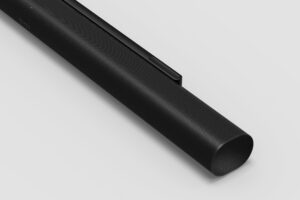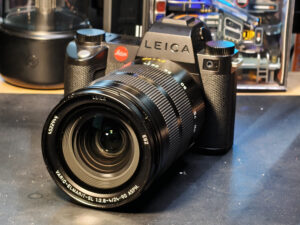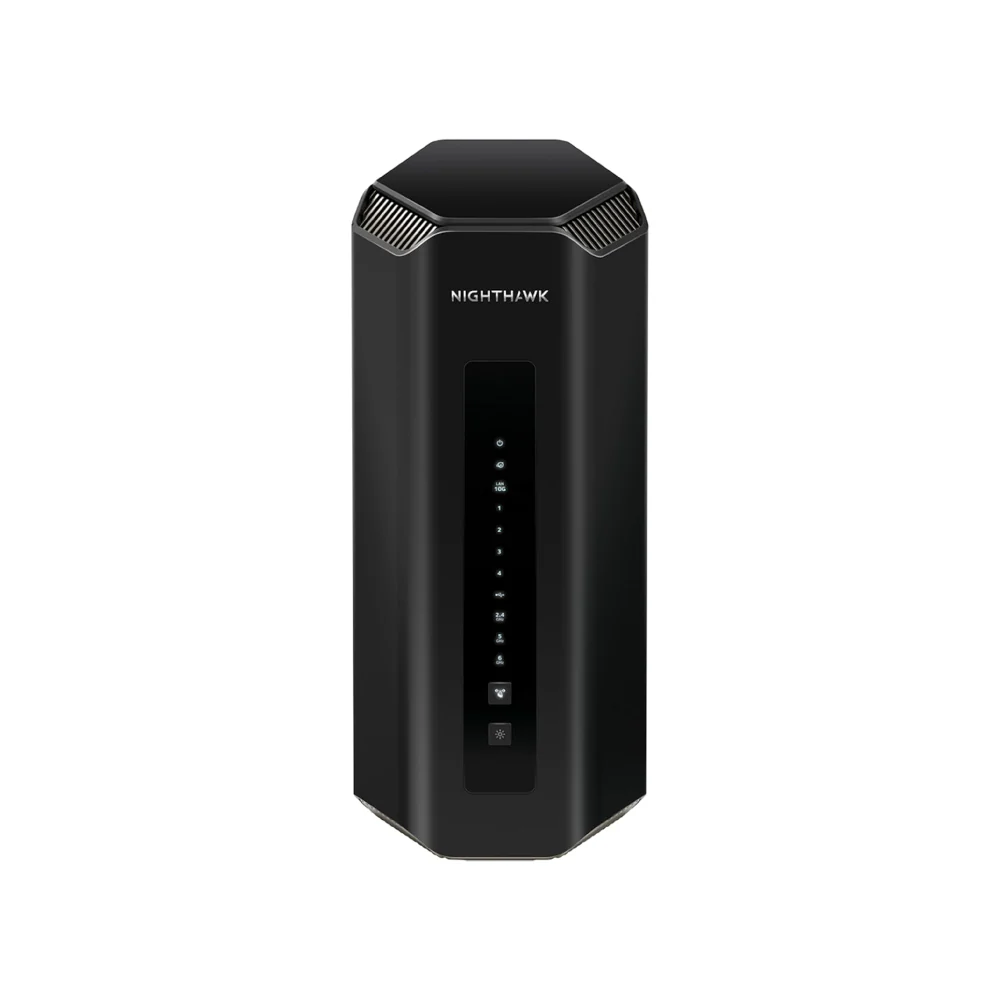
Netgear has been making some high-performance Wi-Fi 7 gear this past year and the recently released Netgear Nighthawk RS700S Wi-Fi 7 router will be an attractive option for folks in Singapore signing up to 10Gbps fibre broadband.
The S$899 standalone router is not cheap but it packs some high-performance hardware that will be great for upgrading your old home network. And that’s without busting your budget with the top-end Netgear Orbi 970 that costs S$3,299 for a three-unit mesh setup.
The Nighthawk RS700S comes with the most important features, such as two handy 10Gbps ports. One is for your fibre connection, while the other can be used to hook up a separate 10Gbps switch to connect the various rooms at home.
However, the downside is that, unlike the Orbi 970, you only get four 1Gbps LAN ports if you don’t want to hook up that additional switch.
That’s fine if you have mostly 1Gbps devices at home, but if you have a 2.5Gbps-capable network attached storage (NAS) drive or a PC with a 2.Gbps LAN port, you might want a faster link via the Orbi 970’s four 2.5Gbps LAN ports or a separate multi-gig switch.
The Nighthawk RS700S isn’t slow, to be fair. I did not have 10Gbps fibre at home or Wi-Fi 7 devices during the time of testing so I was only able to get a sense of how fast the router potentially could be. It certainly looks promising.
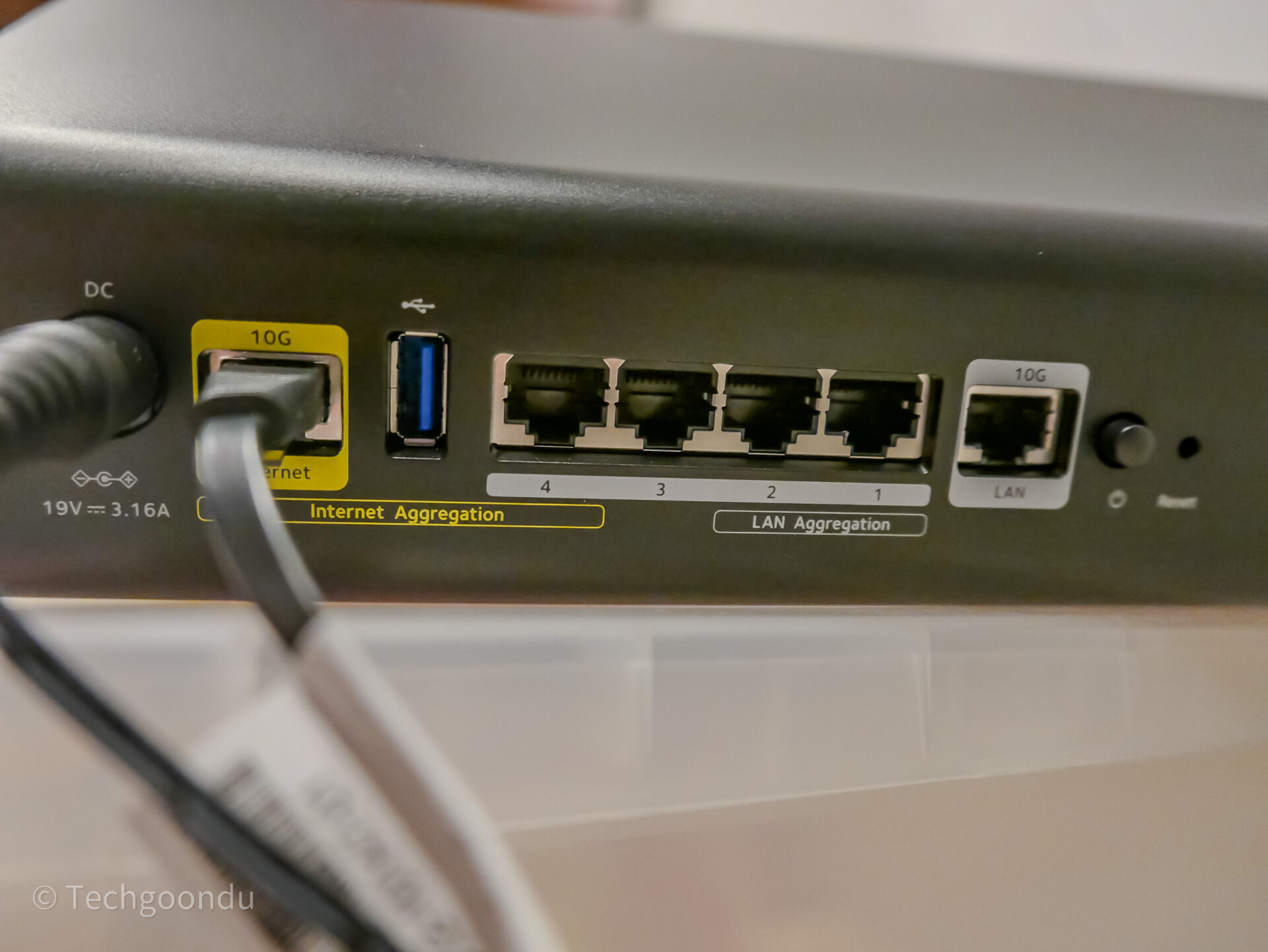
Hooked up to a 1Gbps fibre service in Singapore, the Netgear router connected to the Internet at near-max speeds of about 950Mbps, according to a speed test on the Netgear mobile app.
Wi-Fi on the Nighthawk RS700S is of the BE19000 variant, which means theoretical speeds of up to 1,900Mbps. Using Broadcom’s BCM6726/3 Wi-Fi 7 chipset, the tri-band Wi-Fi support includes 2.4GHz, 5GHz and 6GHz (Wi-Fi 6E and Wi-Fi 7).
All three frequency bands use 4×4 antenna arrays, which is a good thing when it comes to coverage and speed. In other words, many connection options available if you live in a dense urban area like Singapore.
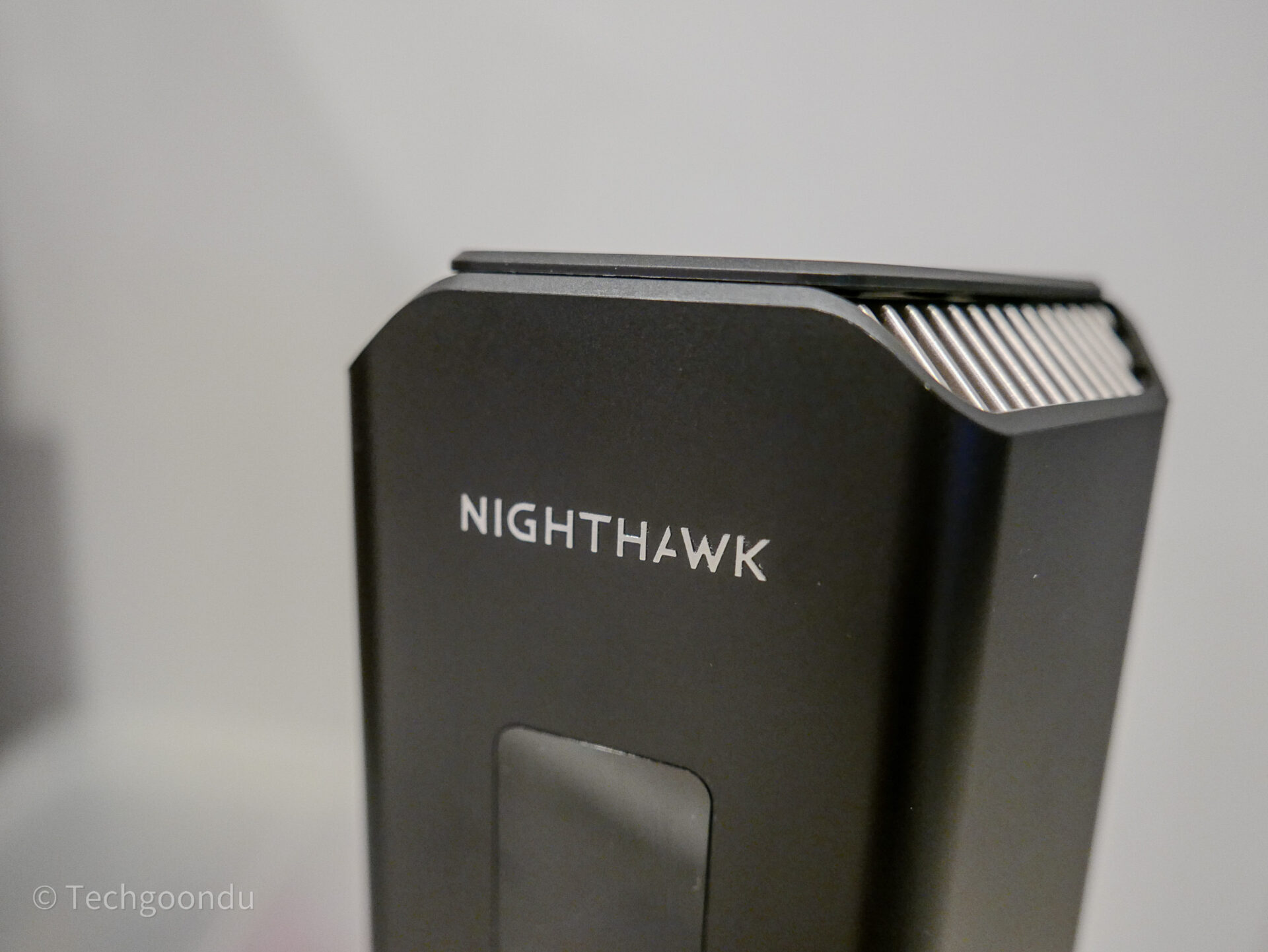
With the best line-of-sight Wi-Fi connections, the new Netgear router doesn’t disappoint. On my Samsung Galaxy A54 phone running Wi-Fi 6 at 5GHz, I get download speeds exceeding 600Mbps, which is impressive. On a faster Galaxy Z Flip 5 supporting Wi-Fi 6E at 6GHz, this goes past 900Mbps when I am next to the Netgear router.
More surprising is how well the signals travel. In a three-storey house, I could get connected all the way from the first storey, where the Nighthawk router is, to rooms on the second storey and then the third.
To be fair, there is a skylight in the house and Wi-Fi signals can travel unblocked from the ground floor. Still, it’s quite cool to get connected throughout the building with one router, even though the signals are likely to be reflected across walls to reach my phone on the upper floors.
The performance at the extremes is not as good, to be honest, with signal strength down to as low as about 30-plus per cent. If you’re watching YouTube, things should still be fine, but the latency in such extreme situations might cause some lag in games.
In other words, I’ll still hook up a wired connection for my gaming PC, which does away with these wireless issues. And I’d still opt for improved Wi-Fi performance through a mesh setup, which means linking up with a mesh Wi-Fi kit with multiple satellites.
While it is not sold as part of a mesh Wi-Fi setup now, the Nighthawk RS700S is expected be mesh-ready with the EasyMesh standard by the second quarter of 2025, according to Netgear Singapore. In other words, you’d be able to hook up with other Nighthawk-branded Wi-Fi 7 kits.
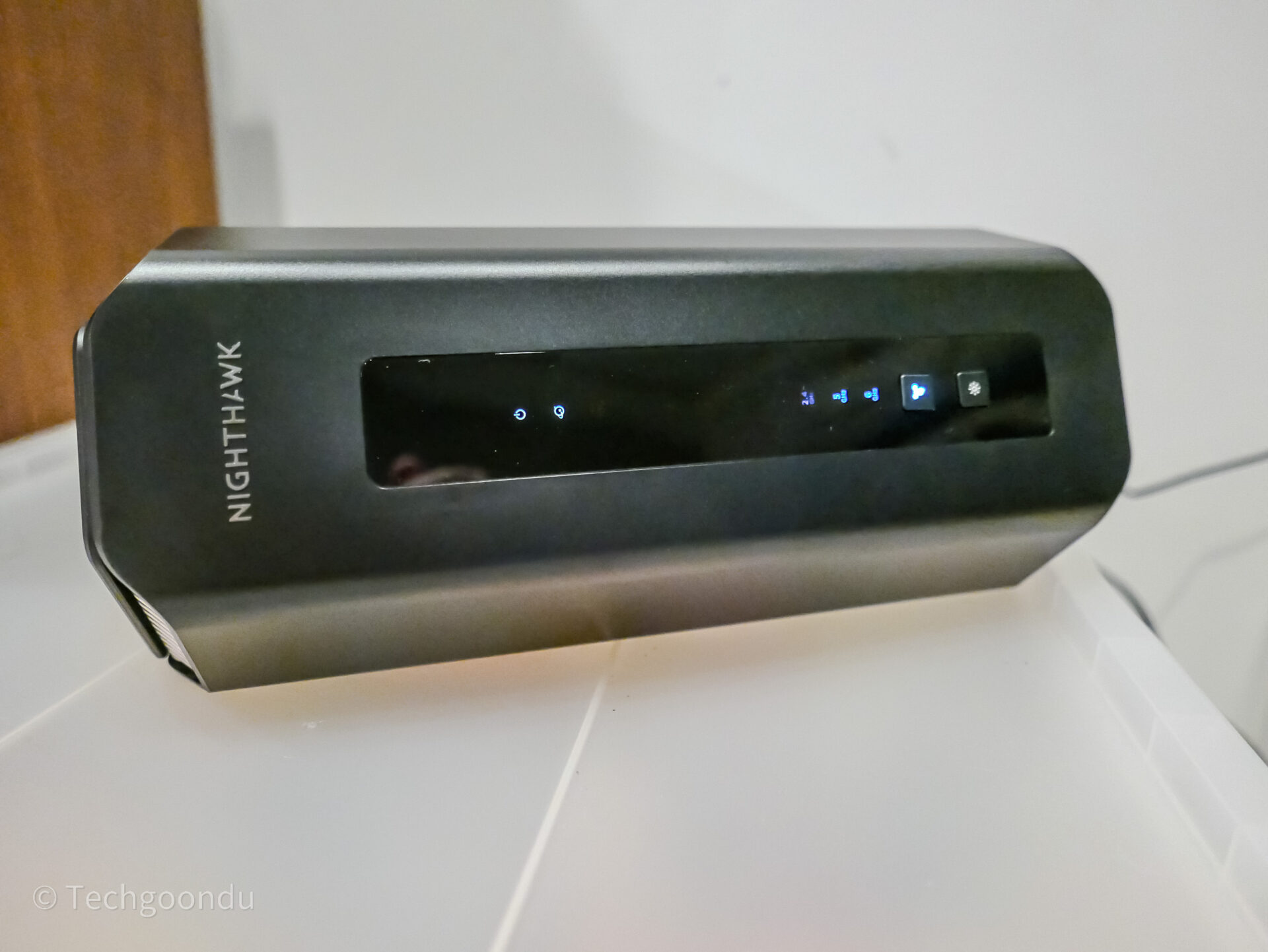
One thing I haven’t mentioned yet is the neat and tidy design of this Netgear router. Shaped like a mini PC, it has its antennas built in and doesn’t call attention to itself or take up that much space on a table. No worries about a huge “spider-like” device destroying your home decor.
The setup is also relatively pain-free using the Netgear app. Just like setting up a pair of Bluetooth earphones or a soundbar, you follow the steps on the app to get everything up and running in no time.
The downside, of course, is that you have to register an account with Netgear, though that’s similar with other Wi-Fi device makers these days, including, say, Ubiquiti. You control the router through this account.
You can also get to the settings via a Web interface, to be fair. Notably, features such as port forwarding, for example, are only available there. On the other hand, the mobile app is handy for showing Wi-Fi analytics when you walk around your home to check the link quality in each room.
All said, the Netgear Nighthawk RS700S comes at a great time for Singapore consumers who want to upgrade their home network and get the best of their multi-gig fibre broadband services now.
It is easy to set up, performs well in terms of coverage and speed, and is priced lower than the company’s flagship Orbi 970 Wi-Fi 7 kit. It’s well worth checking out if you’re thinking of swapping out an existing 1Gbps router for a faster 10Gbps fibre service.
UPDATE at 28/11/2024, 10:35am: The story has been updated with information from Netgear Singapore that the Nighthawk RS700S will support EasyMesh by the second quarter of 2025.
